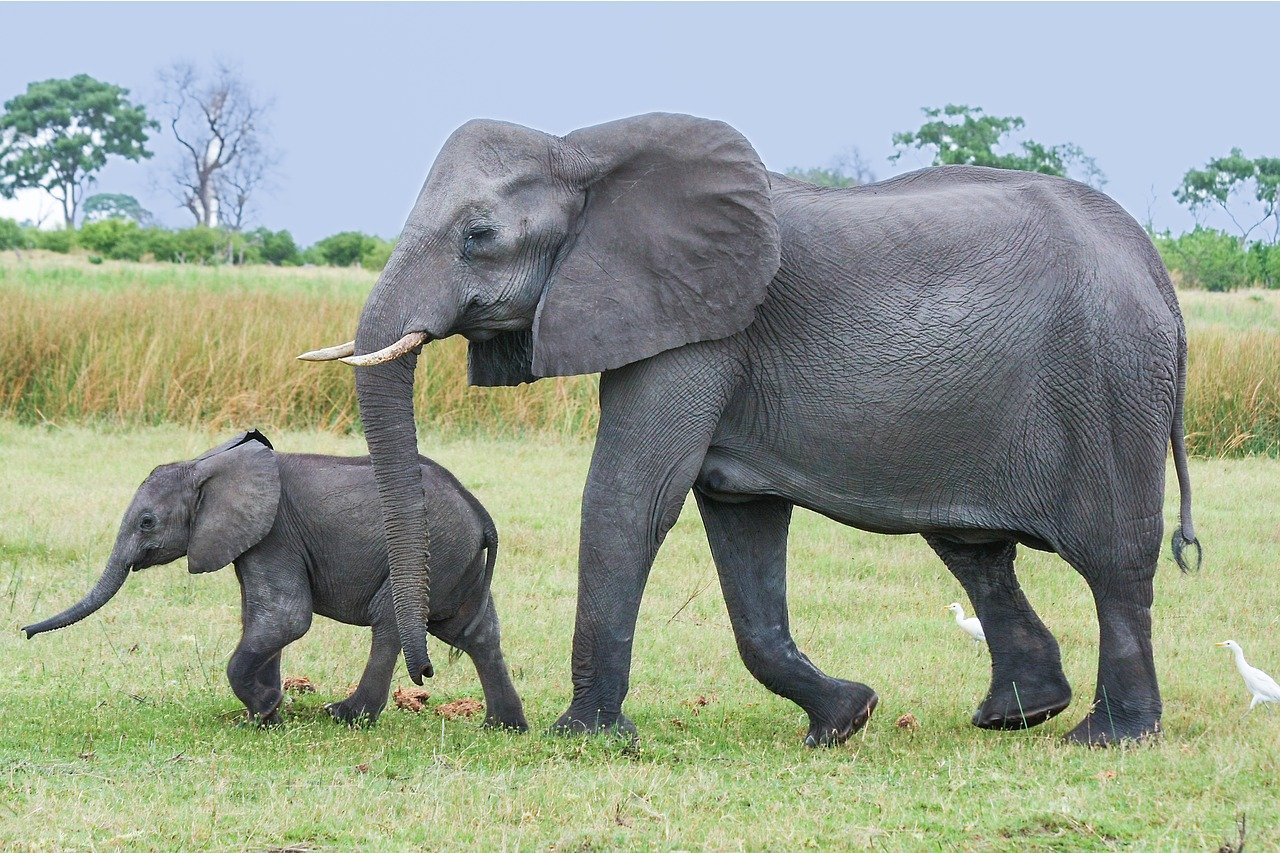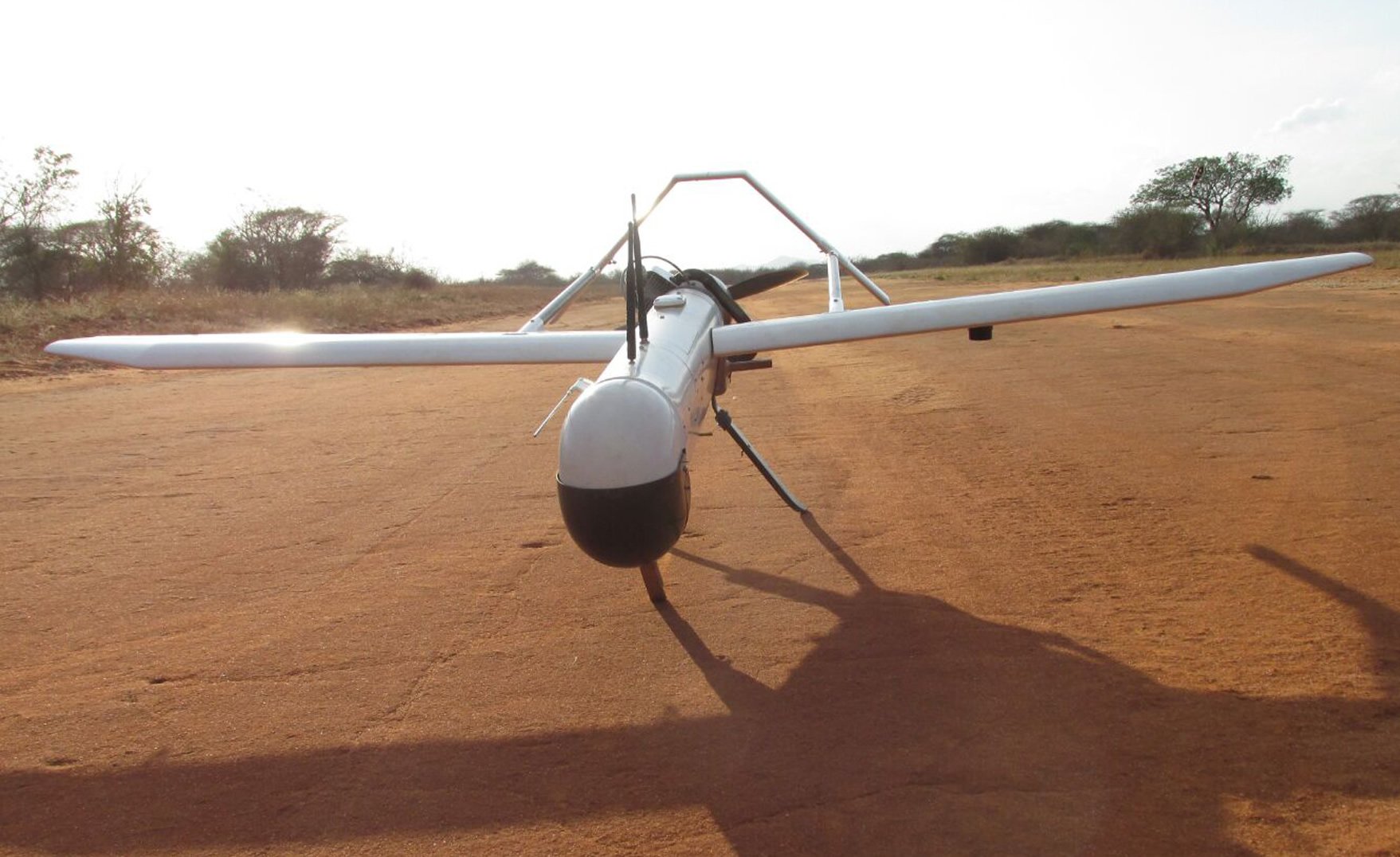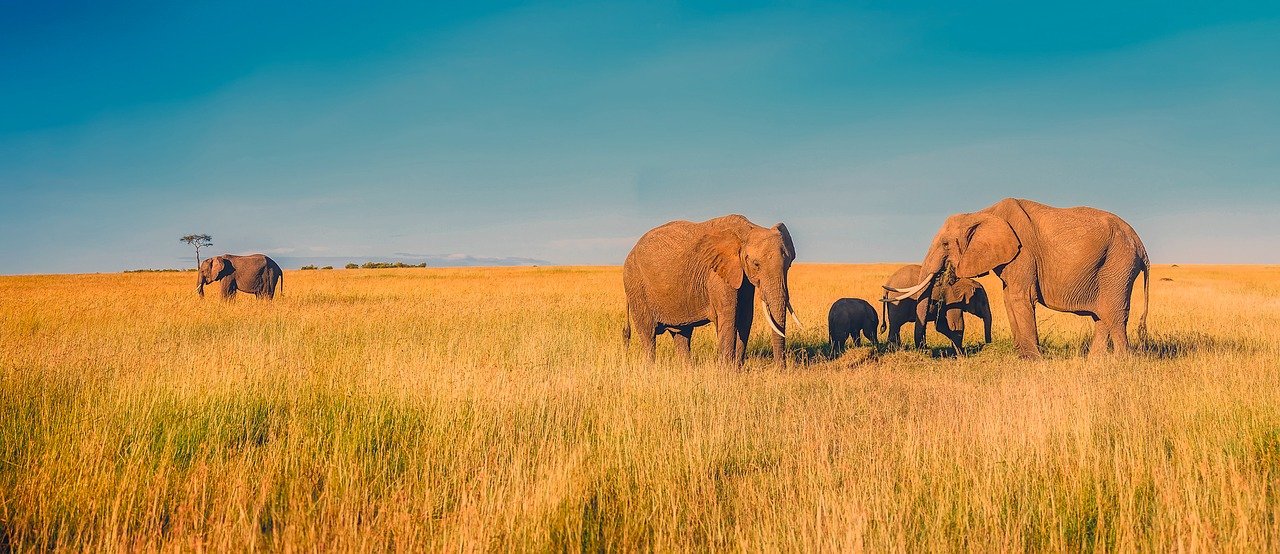
It's estimated that one elephant is killed in Africa by poachers every 14 minutes.
The countries with the greatest decline in that elephant population have been Tanzania, Chad, Cameroon, and Mozambique.

To try and find a solution to the problem, a growing number of anti-poaching groups have turned to using drone technology to assist them in their endeavors.
Drones have been an effective and helpful tool in assisting with observation of animals in their natural habitats, helping to monitor expansive land areas that are difficult for human patrols to cover.
One specific drone that's been employed to help is the Bathawk that is made by a South African company known as UAV Drone Solutions.

The Bathawk drone is able to fly for roughly 2.5 hours, over game reserves and national parks, and has already been assisting anti-poaching efforts in Africa for several years now.
Though there are many drones being used to help with anti-poaching efforts in various countries right now, not everyone is convinced yet that they are going to be useful. Researchers suggest that elephants hate drones. And they've been seen to notice drones even if those drones are flying anywhere from 25 to 300 feet above them. And when they do notice them, they have been known to become agitated or run off. According to researchers from Duke University, one elephant who was with her baby tried to use her trunk to sling mud in the direction of the drone.
Despite researchers finding that the elephants became annoyed under certain circumstances, they still suggest that there might be different results seen when using different drones; others might be less likely to annoy the animals. And no doubt there are some anti-poaching cases that have claimed to see drones provide tremendous value to their efforts.

It's alleged that since the Bathawk has been employed to help with the anti-poaching efforts in Africa, that they've seen a drastic decline in poaching; the drones have especially proven to be highly effective when used at night.
Those behind the drone projects insist that the data collection they offer is the most effective way at trying to tackle the poaching crisis. The drones are credited with being a highly effective tool that can track and record poachers. And the program that's being tested by UAV Drone Solutions is alleged to be the first systematic evaluation of the potential for drone technology to help in combating poachers in the region.
Using the drones to help with anti-poaching efforts is also just one way that they are being used to help with wildlife conservation efforts. Drones are also being used to watch and track whale migrations, arctic polar bears, rhinos, and more.
Pics:
Pixabay
giphy
via Martin UAV
pixabay
Sources:
https://www.nbcnews.com/mach/science/can-these-drones-save-elephants-extinction-ncna820441
https://news.nationalgeographic.com/2016/08/wildlife-african-elephants-population-decrease-great-elephant-census/
http://blogs.discovermagazine.com/drone360/2017/10/04/polar-bear-drone/
https://www.nytimes.com/2017/03/13/science/drones-africa-poachers-wildlife.html
https://www.theatlantic.com/technology/archive/2016/05/elephant-vs-drone/481701/
https://www.popsci.com/noaa-tracks-whales-drones
Related Posts:
5 Different Ways Drones Are Used To Benefit Humanity
@doitvoluntarily/5-different-ways-drones-are-used-to-benefit-humanity
